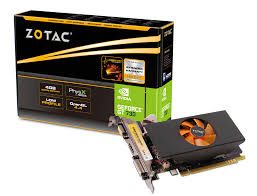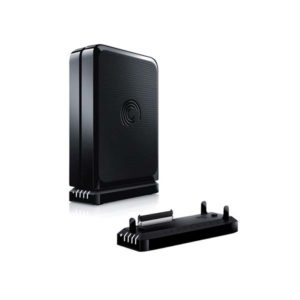Description
Zotac Geforce 4gb GT 730 VGA CARD
02 MHz Core
384 CUDA Cores
4GB of DDR3 VRAM
1600 MHz Effective Memory Clock
64-Bit Memory Interface
HDMI | VGA | DVI DL
3840 x 2160 Max Digital Resolution
Passive Heatsink
PCI Express 2.0 x 16 Interface
Features
Enjoy all your videos and pictures in HD with the ZOTAC GeForce GT 730 Zone Edition Graphics Card. With 4GB of DDR3 RAM, the GT 730 provides faster video editing, photo editing, and web browsing than integrated graphics. You can also get drivers and optimize game settings with a single click using the GeForce experience.
For cooling, this card uses a passive heatsink.
CUDA
NVIDIA’s parallel computing platform which enables an increase in computing performance by harnessing the parallel nature of GPU processing. CUDA compatible applications can assign intensive parallel computing tasks, such as real-time video rendering, to the GPU to process, freeing up the computer’s CPU to run other tasks.
NVIDIA PhysX Technology
NVIDIA’s hardware accelerated physics engine computes how objects move in space in real time. Having a physics engine precludes the need for programs to pre-animate rendered objects which can give an unrealistic “canned animation” feel. The PhysX engine also allows for designers to create more detailed objects, relying on the GPU’s processing power rather than a bloated programming back end.
3D Vision Support
When used with a 3D Vision compatible monitor and 3D Vision active-shutter glasses, full-HD resolution images are delivered to each eye. Additionally, with a 3D LightBoost compatible screen, image brightness will be maintained while using the glasses and ghosting will be reduced.
Adaptive V-Sync
NVIDIA’s Adaptive Vertical Sync minimizes stuttering and tearing by monitoring and adjusting the card’s frame rate output. At high frame rates, Adaptive V-Sync is enabled to slow down the output frame rate to prevent tearing as a result of losing sync with your monitor. At lower frame rates, Adaptive V-Sync will automatically be disabled to minimize stuttering.







